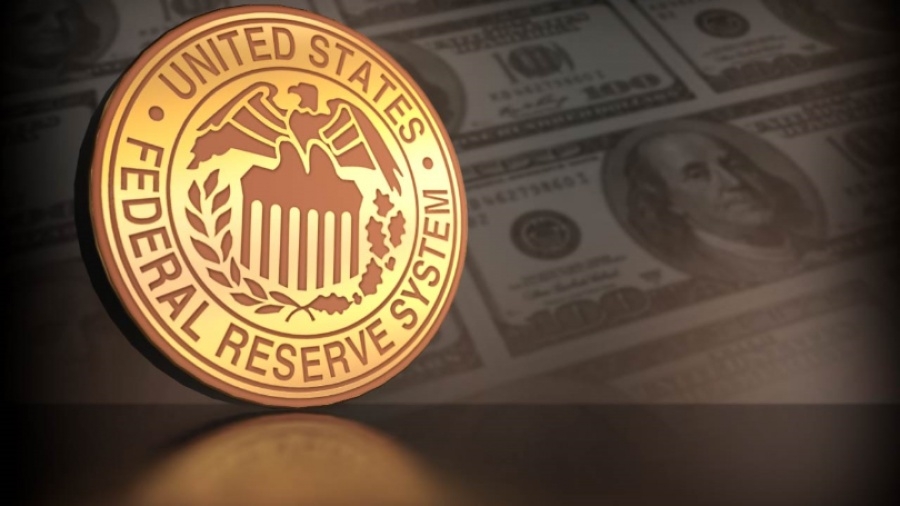
Most economists see the first small rate cut in the second half of 2023 by the Federal Reserve, with larger cuts in 2024.
Federal Reserve officials will maintain their hawkish stance, paving the way for interest rates to reach 5 percent by March 2023, moves that are likely to trigger a recession in the United States and globally, according to economists who participated in a Bloomberg survey.
The FOMC will raise interest rates by 75 basis points for the fourth consecutive meeting when policymakers announce their decision on November 2, 2022.
Interest rates are expected to rise by another half a point in December and then by 25 points in the next two meetings, according to the survey.
The Fed’s forecast published at its September meeting showed interest rates to reach 4.4% this year and 4.6% next year, before cuts in 2024.
Axle will not happen
Economists believe the Fed is determined not to pivot too soon as it battles inflation at a 40-year high.
The shift from a higher rate of growth will reflect consumer prices, excluding food and energy, which were higher than expected in the past two months.
The poll was conducted on 40 economists from Oct. 21 to 26.
“Inflationary pressures remain strong, and the Fed is set to rise by 75 basis points in November,” James Knightley, chief international economist at ING Groep NV, said in the survey.
“We currently expect a quieter 50 basis point rise in December given the weak economic and purchasing environment,” he said, but risks shift to a fifth 75 basis point increase.
Powell’s commitment
Federal Reserve Chairman Jerome Powell said the central bank was deeply committed to restoring price stability and repeatedly cited his predecessor, Paul Volcker, who raised interest rates to unprecedented levels to combat inflation in the early part of the 1980s.
Powell warned that the process would be painful because the goal is to generate below-trend growth to ease price pressures while unemployment is expected to rise.
Powell and his Fed officials have not given up hope that they can achieve a smooth landing in the economy.
But for the first time in polls before the FOMC meeting, a majority of economists — three-quarters — see a possible recession within the next two years, and most of the rest see a hard landing with a period of zero or negative growth ahead. ..
What do economists expect?
“I think the most important thing to watch is how Powell will communicate a potential rate cut.
You will want to avoid giving the impression that a transition is imminent, especially when core inflation is still clearly strong.
“Markets will open for a 50 basis point hike in December, but that will be accompanied by a dotted chart showing a final rate of 5%,” said Anna Wong, chief economist at Bloomberg.
Economists see the Fed may be excessive: The average economist will set the higher interest rate target at 4.75%, and 75% of economists said there is a greater risk that the central bank will raise rates too much and cause undue pain, rather than not Lift it up enough. and failure to contain inflation.
Risks are minimized
“Lagging in monetary policy continues to be underestimated,” said Thomas Koesterge, chief US economist at Pictet Wealth Management.
“The full impact of the current tightening may not be felt until mid-2023.
By then, it might be too late.
The risk of a policy error is high.”
There could also be economic repercussions for global markets, with two-thirds of them expecting a global recession in the next two years.
While the average economist expects a 50 basis point increase in December, the picture is narrow, with nearly a third expecting a 75 basis point increase.
The path of interest rates that economists expect is similar to what the markets expected.
Investors are anticipating a 75 basis point rise on 2/11, leaning toward a 50 basis point rise in December and expecting rates to peak around 4.8%.
If the Fed makes another 75 basis point move next week, the combined 375 basis point increase since March would mark the largest Fed rate hike since the 1980s, when Volcker was president and was struggling with high inflation.
“With the Fed facing the choice of doing too much or too little, its members are likely to choose to do too much,” said Joel Naroff, president of Naroff Economics LLC, with the goal of avoiding the inflation spiral that Volcker has faced. the seventies.
The balance sheet is also reduced
Economists expect the Fed to continue the cuts announced in its balance sheet, which began in June of this year by reducing maturing bonds.
The Federal Reserve is reducing assets by as much as $1.1 trillion annually.
Economists expect this to raise the balance sheet to $8.5 trillion by the end of the year and drop to $6.7 trillion in December 2024.
There is a narrow split on whether the Fed will sell mortgage-backed securities as part of tapering, with 57% expecting to do so and no consensus on the timing.
The FOMC statement is expected to maintain wording in price guidance promising a sustained rally, with no specifics on the size of the adjustments, although the quarter expects softer language indicating lower rallies.
Nearly a third of economists expect disagreement at the meeting, which will be the third of 2022.
Combined with slower rate hikes, economists argue that the Fed will eventually reverse course in response to lower growth and inflation.
Most see the first small rate cut in the second half of 2023, with larger cuts in 2024.
www.bankingnews.gr

“Avid problem solver. Extreme social media junkie. Beer buff. Coffee guru. Internet geek. Travel ninja.”

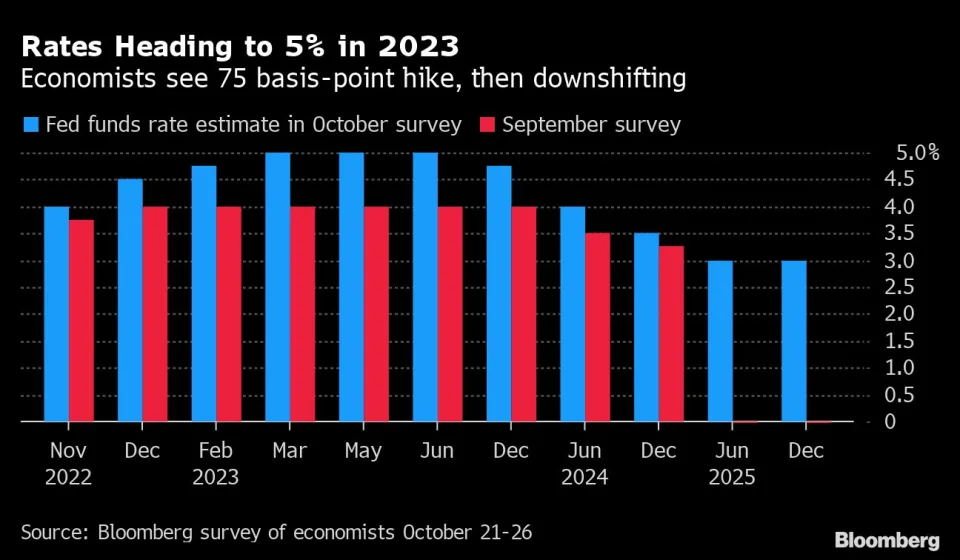
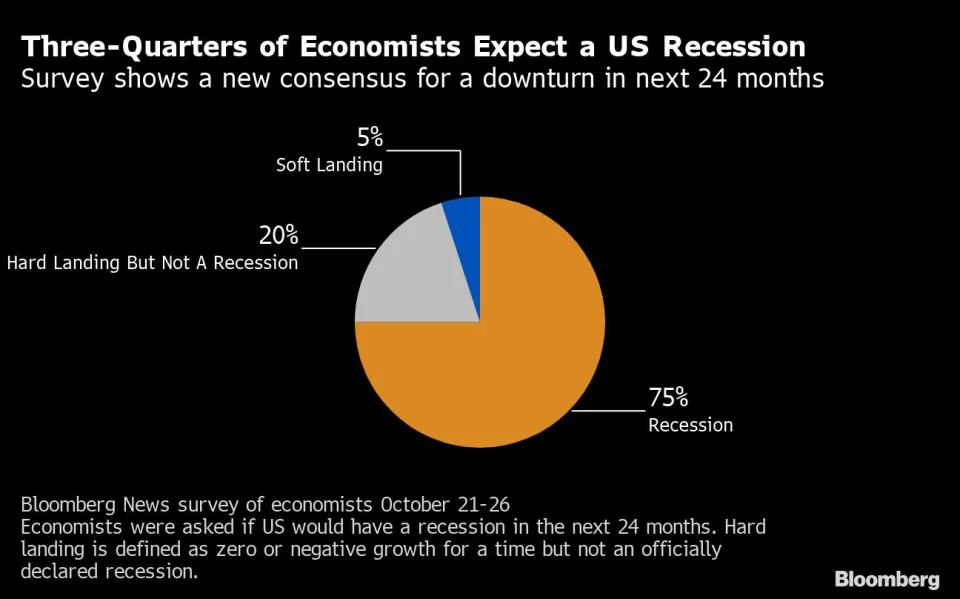
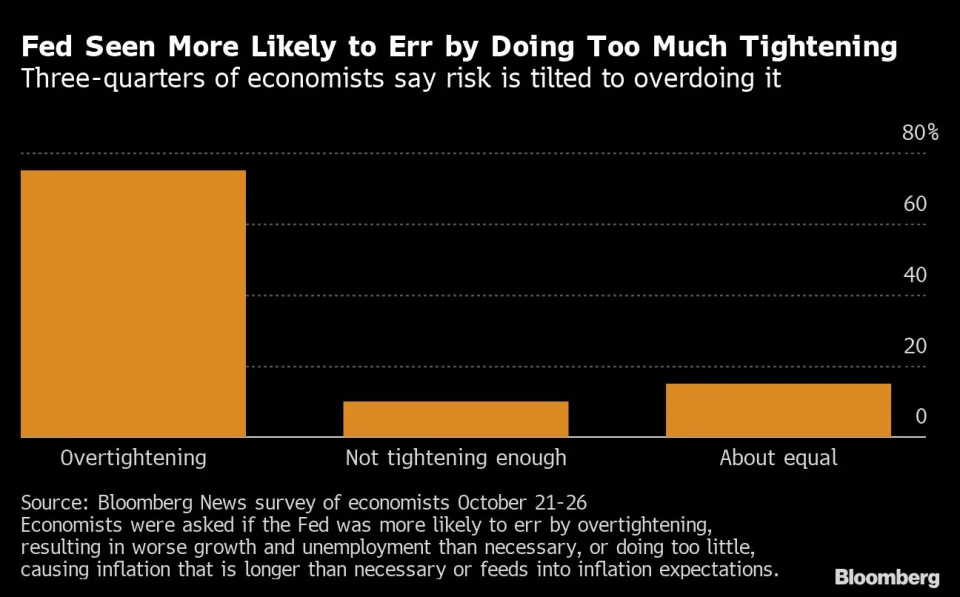
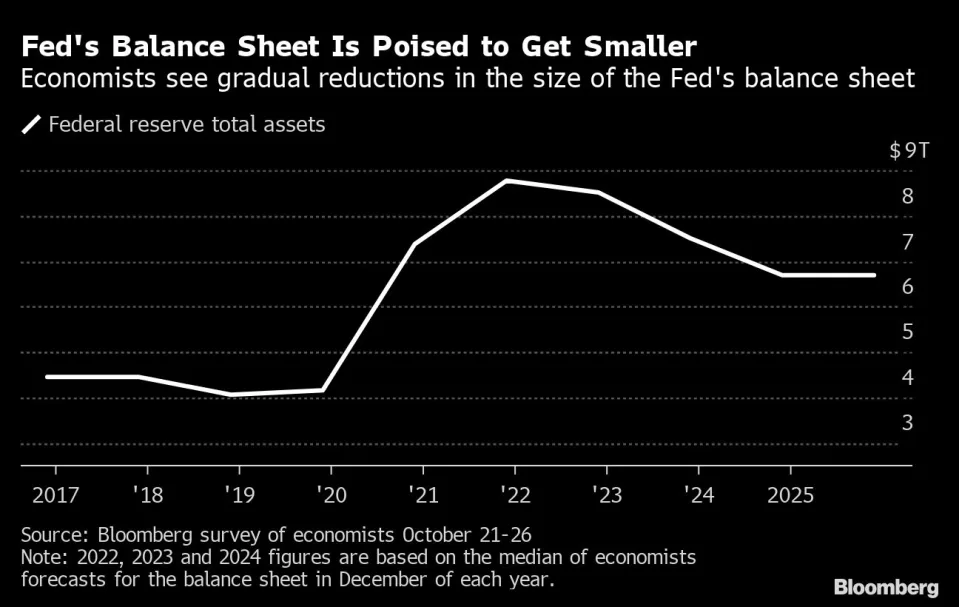




More Stories
“Recycling – Changing the water heater”: the possibility of paying the financing to the institution once or partially
Libya: US General Meets Haftar Amid Tensions Between Governments
New tax exemption package and incentives for business and corporate mergers..